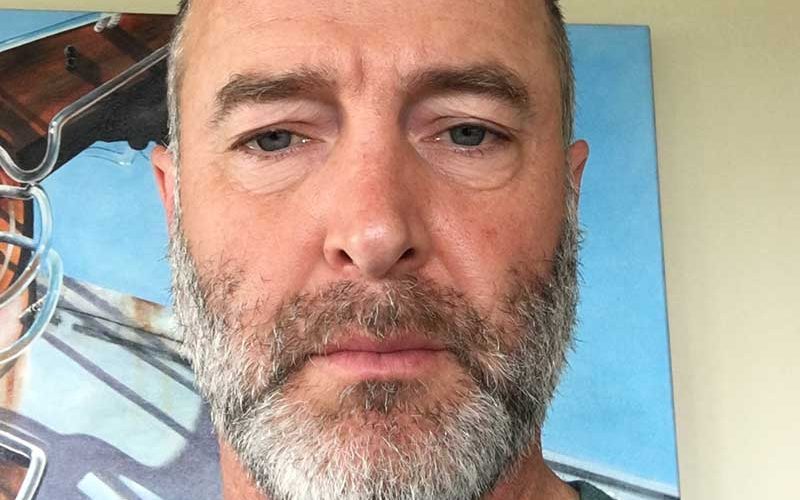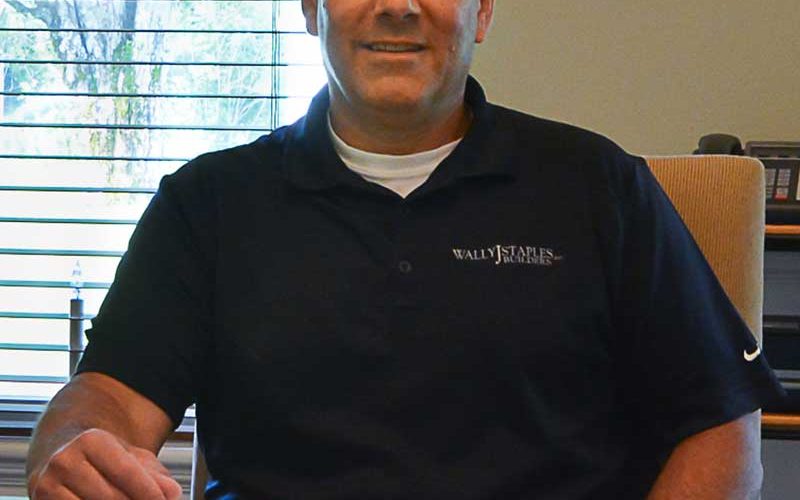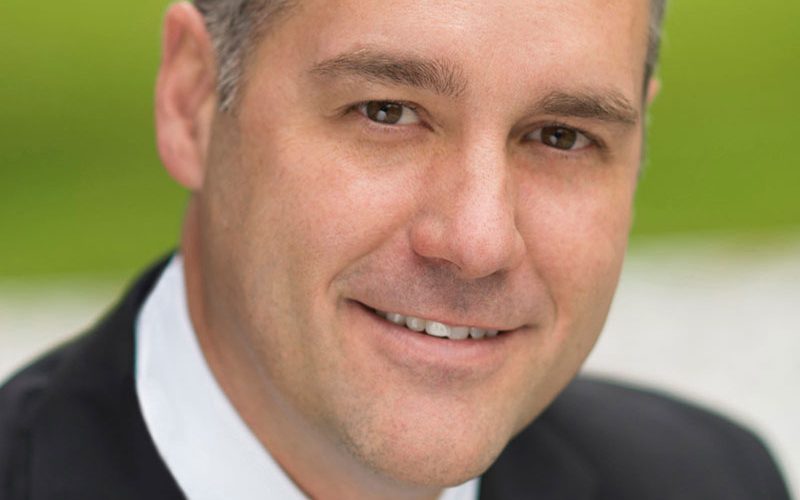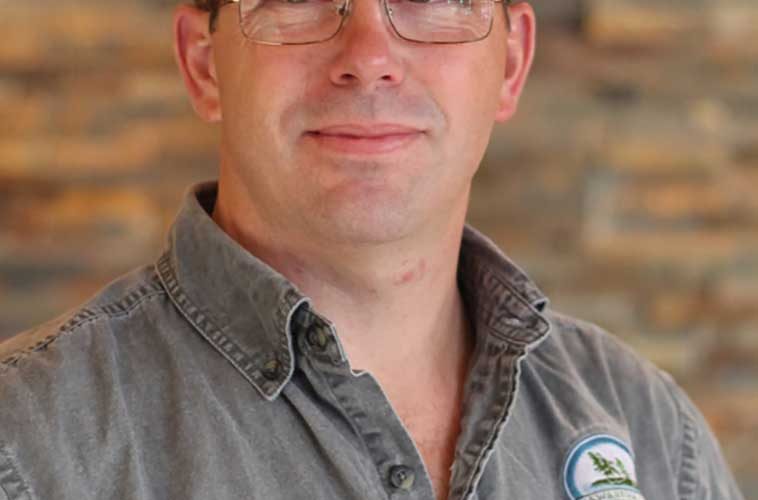Ep.76: Production in Insurance Restoration with Mike Carey
Restoring a home after a catastrophe like a fire or flood is fairly specialized, not something most remodeling companies do. There are different challenges, like dealing with insurance companies and payouts, so these companies have different perspectives on production.
Mike Carey has worked in insurance restoration for 25 years, as well as doing residential remodeling and commercial contracting, giving him a unique viewpoint.
In this episode, Mike talks to Tim and Steve about the differences — and similarities — in production when restoring a client’s home versus standard remodeling, and what to do to get started in this part of the industry.
Mike’s company, Carey Contracting, is located in Michigan’s Upper Peninsula. In business for 35 years, Carey Contracting has 15 employees. Carey has been involved in insurance restoration work for 25 years, and there are years where insurance restoration produces more than 50 percent of the company’s volume.
Mike went to school to learn what an insurance adjuster knows when he started out in the restoration business. Since then, the company has made a name for itself in the insurance restoration business. He says the restoration can be wonderfully rewarding work. Mike talks about the process of working with insurers and clients, and getting your team up to speed, including:
- Working with adjusters
- Project time frames
- Working through the clients’ stresses
- Demolition and discovery
- Billing for restoration work
- The critical need for proper documentation
- Insurance vs. “as built”
- Remaining objective
- Creating a buffer between the insurer and the homeowner
- Dealing with code improvements and policies
- And more …
If you’re interested in pursuing insurance restoration, Mike says, you’ll need software that’s compatible with what insurance companies use and get training in fire, smoke, and water damage restoration.












